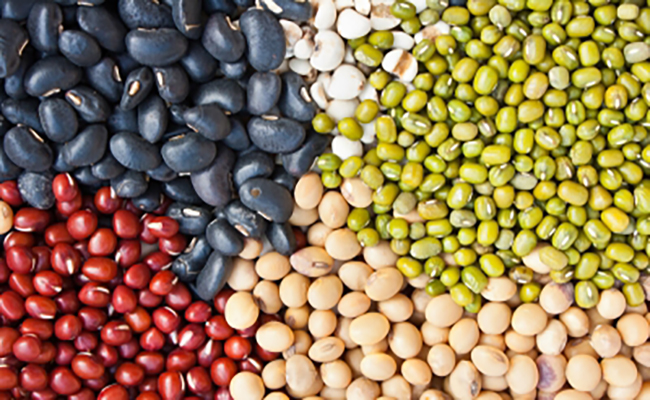 I finally had an opportunity to watch the documentary Food Matters.
I finally had an opportunity to watch the documentary Food Matters.
If you haven’t had a chance to view this documentary I strongly encourage you to make time. It’s a little over an hour in length. Here’s a link to where you can learn more – http://foodmatters.tv
Let me give you a little breakdown and what Food Matters covers.
The bottom line is “you are what you eat” and this documentary drills that point home. If you want to live healthy and disease free you must fuel your body accordingly.
Food Matters cuts back and forth between expert interviews with leading nutritionists, naturopaths, scientists, medical doctors, and medical journalists. These individuals share the knowledge regarding medical research (specifically what is found in research and what is actually shared with the public) along with what they’ve seen in practice working with patients.
Key points discussed include:

 Dietary changes can result in lower cholesterol levels. By making dietary changes to promote lower cholesterol levels you’ll be able to work with your doctor to gradually wean off medication and eliminate negative medication side effects. And the diet changes don’t have to be hard!
Dietary changes can result in lower cholesterol levels. By making dietary changes to promote lower cholesterol levels you’ll be able to work with your doctor to gradually wean off medication and eliminate negative medication side effects. And the diet changes don’t have to be hard! When you think about water and blood pressure the link between dehydration and low blood pressure probably comes to mind. Dehydration is a potential cause of low blood pressure due to resulting decreased blood volume leading to reduced pressure against artery walls.
When you think about water and blood pressure the link between dehydration and low blood pressure probably comes to mind. Dehydration is a potential cause of low blood pressure due to resulting decreased blood volume leading to reduced pressure against artery walls. A study published in the Journal of the American College of Cardiology has found individuals with a healthy weight and metabolic syndrome are at increased risk of heart failure when compared to overweight individuals that are metabolically healthy.
A study published in the Journal of the American College of Cardiology has found individuals with a healthy weight and metabolic syndrome are at increased risk of heart failure when compared to overweight individuals that are metabolically healthy.



